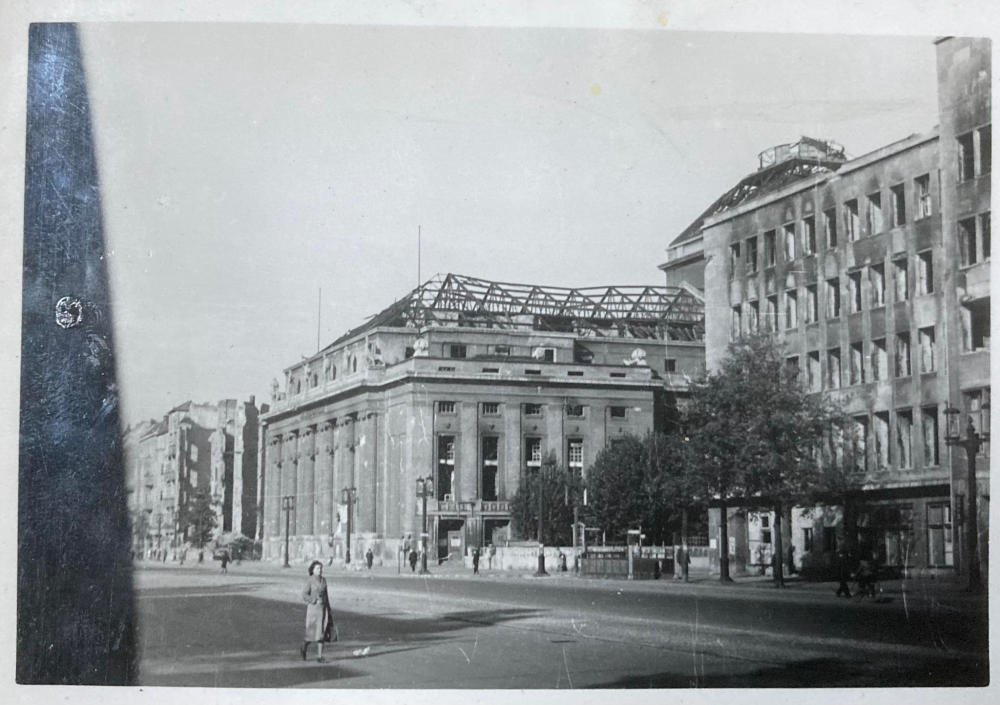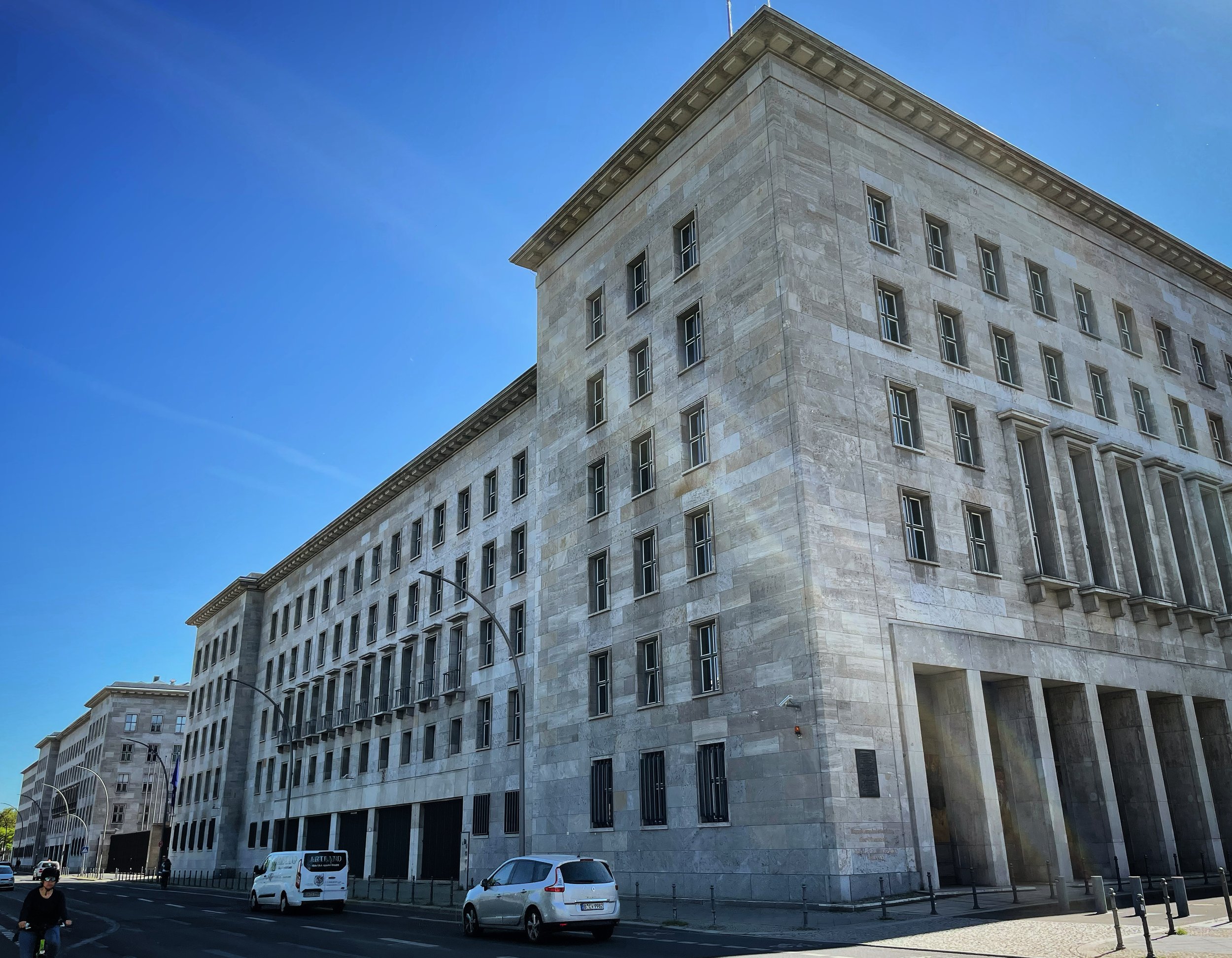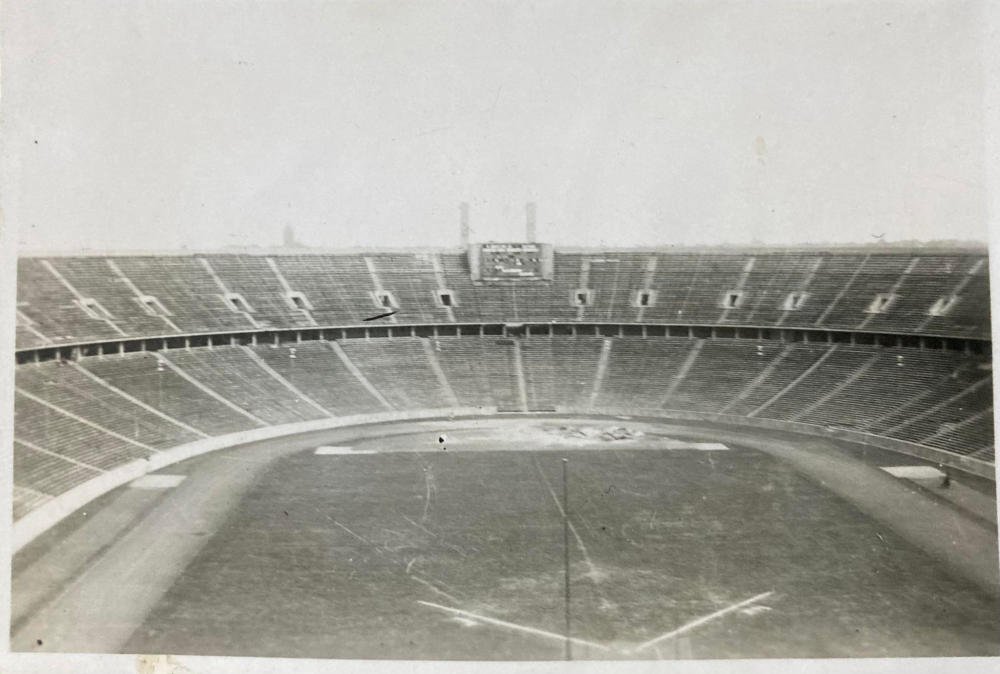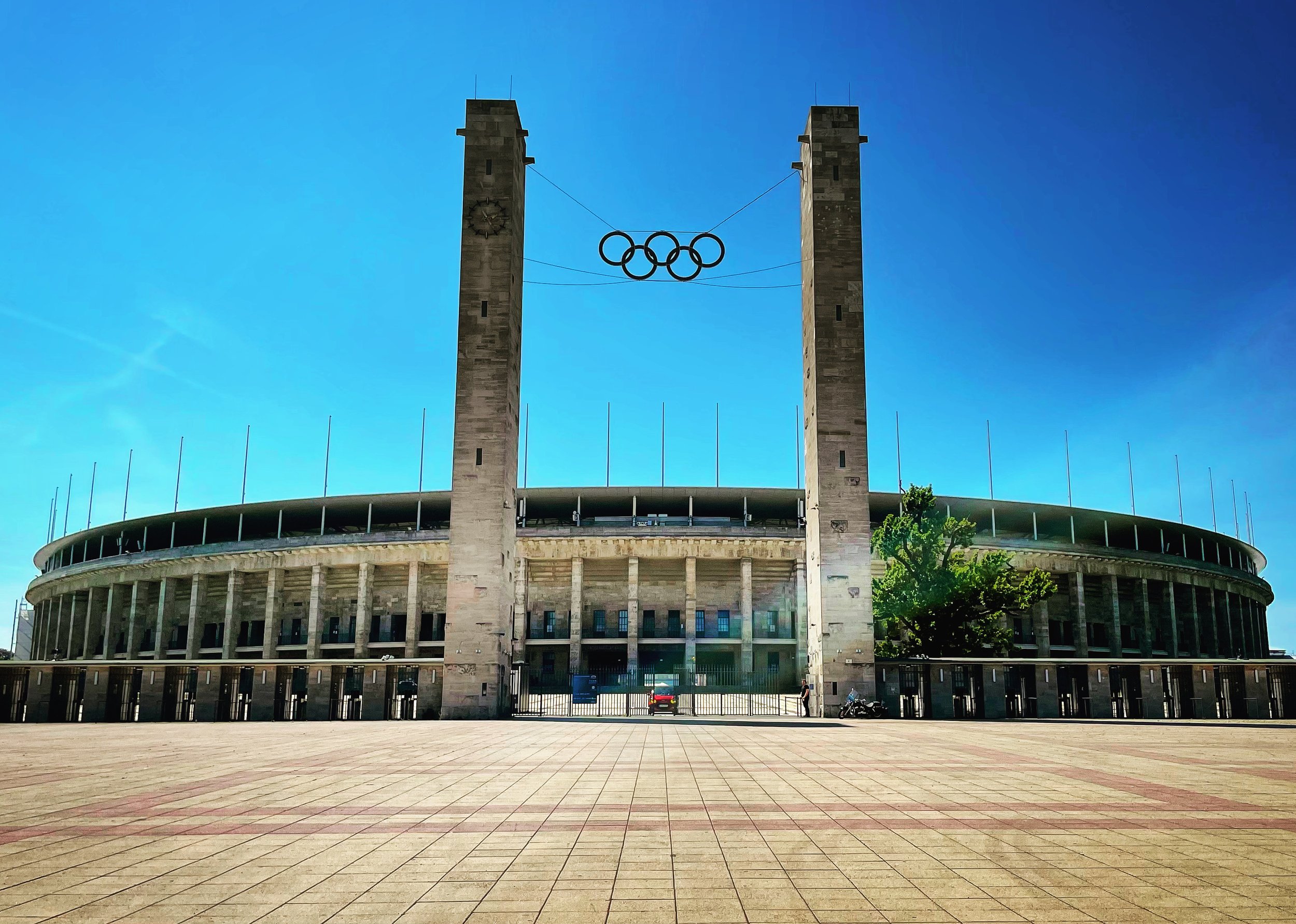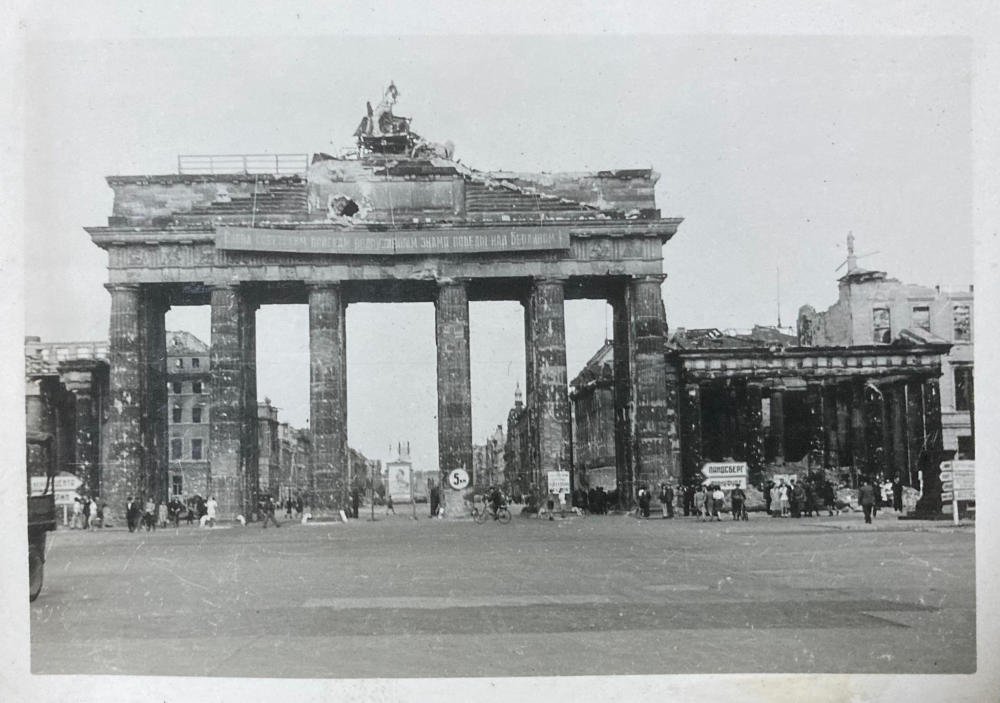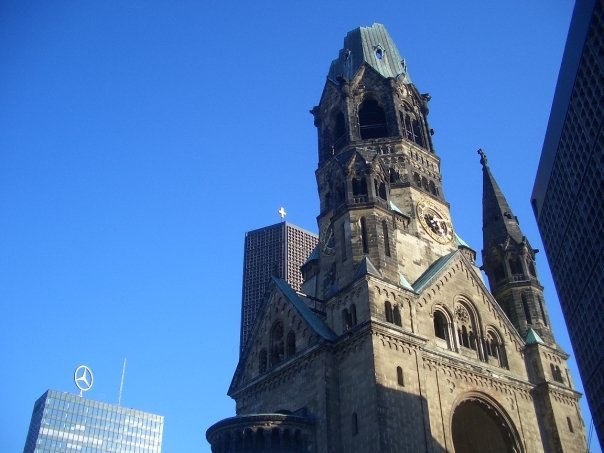Explore Berlin's Second World War History
If you're fascinated by Second World War and Holocaust history, Berlin is a must-visit destination. The city is home to many solemn yet impactful reminders of the war's horrors. Visitors can explore the ruins and bullet-scarred structures that vividly recount tales of destruction and resilience. You can discover bunkers that echo wartime preparations, and visit Holocaust memorials that, though sombre, reflect Germany's commitment to confronting its past. Dive into remarkable museums that strive to educate, ensuring that the lessons of history are not forgotten. In this guest article, Matti Geyer of www.toursofberlin.com provides a guide to some of Berlin's most significant Second World War sites, each offering a poignant glimpse into this crucial chapter of the city's history.
1. Bunkers:
Boros Bunker: Constructed as an air-raid shelter during World War Two, the Boros Bunker in Mitte has evolved into a contemporary art gallery. Originally built to protect Berliners from aerial bombardment, this massive structure later witnessed various uses, from a tropical fruit warehouse to a techno club, before becoming a testament to the city's creative spirit.
Anhalter Bunker: Once a colossal air-raid shelter connected to the Anhalter Bahnhof, this bunker stands as a formidable reminder of Berlin's wartime preparedness. Now a museum, it provides a chilling insight into the harrowing experiences of those seeking refuge during air raids, complete with preserved gas masks and eerie remnants of the past.
RAW Kegelbunker: Nestled in the heart of Friedrichshain, the RAW Kegelbunker has a unique round shape, and was to protect workers from a nearby train depot. It now serves as a climbing wall.
Führerbunker: The Führerbunker, where Adolf Hitler spent his last days before his suicide, holds a solemn place in history. It was situated beneath the garden of the Reich Chancellery. The bunker site, now a parking lot where local residents walk their dogs, was destroyed in the 1980s.
2. WW2 Ruins:
Kaiser-Wilhelm-Memorial Church: The haunting silhouette of the Kaiser-Wilhelm-Memorial Church's damaged spire serves as a poignant symbol of wartime destruction. Bombed during an air raid in 1943, the church was preserved as a memorial, with its adjacent modernist structure providing a striking contrast to the ruins.
Anhalter Bahnhof: Once one of Berlin's biggest railway stations, the Anhalter Bahnhof fell victim to several bombing campaigns. Its skeletal remains stand as silent witnesses to the devastating impact of air raids, a ghostly reminder of the city's former transportation hub. There is a plan to build an "exiles museum" next to the site, dedicated to all those who had to emigrate from Nazi Germany.
Jewish Cemetery Schönhauser Allee: The Jewish Cemetery Schönhauser Allee, which still bears visible war damage, bomb craters, and damaged graves, reflects the tragic toll of World War II as well as the Holocaust. Inscriptions, decorations, and metal grave fences were stolen and melted down. Towards the end of the war, foxholes were dug on the cemetery grounds and fortified with tombstones. Other stones were removed from the graves and randomly piled on top of each other. The cemetery, consecrated in 1827, was the only burial site of the Berlin Jews for more than 50 years. It is located in the triangle between Schönhauser Allee, Kollwitz- and Knaackstraße. There are still remains of cisterns on the site. In one of them, young deserters hid in the last days of the war in 1945. However, they were discovered by the Gestapo and hung on the cemetery trees.
3. Bullet Holes:
Museum Island: The Neues Museum on Museum Island proudly preserves bullet holes as scars of conflict, offering a visceral connection to the city's wartime struggles. These visible reminders evoke a sense of the fierce battles that unfolded in the heart of Berlin.
Martin Gropius Bau: This historic exhibition hall bears the scars of war, with bullet holes marring its grand façade. The building stood right next to the Gestapo HQ, which no longer exists.
S-Bahn Viaduct between Friedrichstraße and Museum Island: During the intense battles of 1945, the S-Bahn viaduct served as a crucial defensive barrier. The Soviet 7th Corps encountered significant resistance here, resulting in the viaduct's enduring scars that visitors can still see today.
4. Holocaust Memorials:
Memorial to the Murdered Jews of Europe: The solemn expanse of the Memorial to the Murdered Jews of Europe stands as a stark reminder of the Holocaust. Designed by Peter Eisenman, this field of 2711 concrete slabs provides a contemplative space for remembrance and reflection.
Memorial to Murdered Sinti & Roma: Adjacent to the Brandenburg Gate, this memorial commemorates the persecution and genocide of up to 500,000 Sinti and Roma people during the Nazi era. The tranquil setting invites visitors to ponder the impact of intolerance on marginalised communities.
T4 Memorial: Honouring the victims of the Nazi euthanasia program, the T4 Memorial in Tiergarten serves as a poignant reminder of the atrocities committed during this dark chapter of history. The Nazis targeted people with severe mental and physical disabilities, and those who seemed to have disabilities, because they believed that disabled people were a burden to society and the state. From 1939 to 1941, they ran a 'euthanasia' programme, called the T4 programme. The programme got its name from Tiergartenstrasse 4, the address where they coordinated it.
Grunewald Platform 17 Memorial: The Grunewald Station Platform 17 bears witness to the tragic deportations of Berlin's Jewish community. The memorial, adorned with inscriptions for every train that left from here to the camps and ghettos cross Eastern Europe, serves as a poignant reminder of the lives disrupted and lost during the Holocaust.
5. Nazi Architecture:
Olympic Stadium: Constructed for the 1936 Summer Olympics, the Olympic Stadium symbolises Nazi grandiosity. Today, it stands as a testament to the manipulation of architecture for propagandist purposes, though it is still used for sporting events.
Air Force Ministry: The remnants of the Air Force Ministry, once a colossal symbol of Nazi power, reflect the megalomaniacal architectural ambitions of the Third Reich. Once one of the biggest office buildings in Europe, it miraculously survived the Second World War and now houses the German finance ministry.
Tempelhof Airport Building: The colossal Tempelhof Airport building, with its imposing Nazi-era architecture, remains an iconic landmark. Originally designed as an emblem of Hitler's vision for German aviation, the airport now serves as a multifaceted public space. Upon completion, it was the largest building in the world, until the Pentagon overtook it.
6. Museums:
Topography of Terror Documentation Centre: Built on the former site of the SS and Gestapo headquarters, the Topography of Terror Documentation Centre provides a chilling insight into the mechanisms of Nazi repression. The outdoor exhibition, complemented by preserved ruins, immerses visitors in the historical context.
Otto Weidt Workshop for the Blind: Otto Weidt's workshop, tucked away next to the Hackesche Höfe, served as a sanctuary for blind and deaf Jews during the Nazi regime. The workshop's survival stands as a testament to one man's defiance against persecution. A small windowless room that was hidden behind a shelf and housed an entire family for several months is especially impressive.
Resistance Museum in Bendlerblock: Nestled within the historic Bendlerblock, the Resistance Museum offers a detailed narrative of anti-Nazi resistance efforts, emphasising the courage and sacrifice displayed by individuals such as Claus Schenk Graf von Stauffenberg and members of the Reserve Army that used to be headquartered here. The exhibition halls vividly depict stories of those who sought justice during this tumultuous period, providing a compelling insight into the resilience of the resistance movements. It also marks the place where Stauffenberg was shot.
7. Additional Recommendations:
Soviet Memorial Treptower Park: The Soviet Memorial in Treptower Park is a grand tribute to the Red Army soldiers who lost their lives in the Battle of Berlin. The monumental statue of a Soviet soldier holding a German child and smashing a swastika with a sword stands at the centre. Opposite the statue stand two marble triangles. The marble used in their construction originally came from the Reich Chancellery building.
Sachsenhausen Concentration Camp: located north of Berlin, the camp serves as a chilling reminder of the Holocaust's horrors. Established in 1936, Sachsenhausen initially served as a model camp, evolving into a centre for SS training. The preserved barracks, watchtowers, and historical exhibits depict the systematic oppression and dehumanisation faced by inmates. The stark barracks reveal harsh living conditions, while looming watchtowers symbolise constant surveillance. Visiting Sachsenhausen is an emotional journey that ensures the preservation of memory and honours the countless lives lost during this dark period in history.
In conclusion, these immersive explorations into Berlin's World War II remnants offer a profound understanding of the city's resilience and collective memory. To delve even deeper into this historical tapestry, consider joining a guided tour specialising in the Third Reich, World War II, and Holocaust history. Knowledgeable guides provide contextual insights, transforming each location into a living testament to the city's enduring spirit amidst the shadows of its wartime past.
To learn more about Tours of Berlin or to make a reservation visit the website now: https://www.toursofberlin.com/private-tours/third-reich-ww2-berlin-tour

